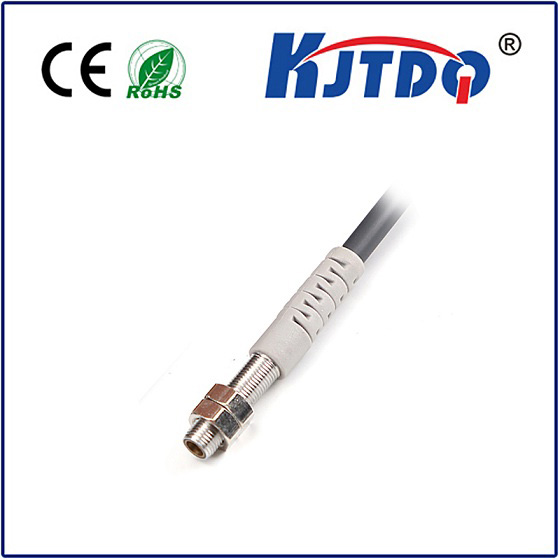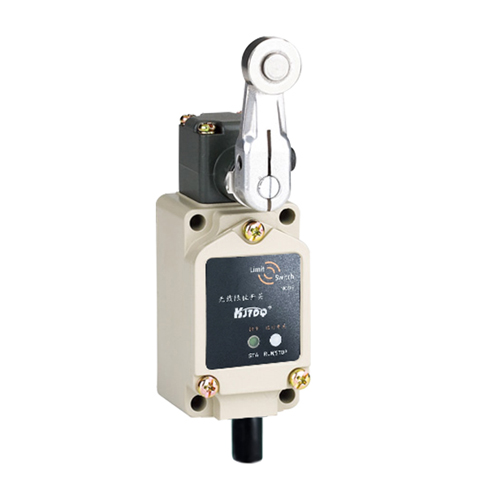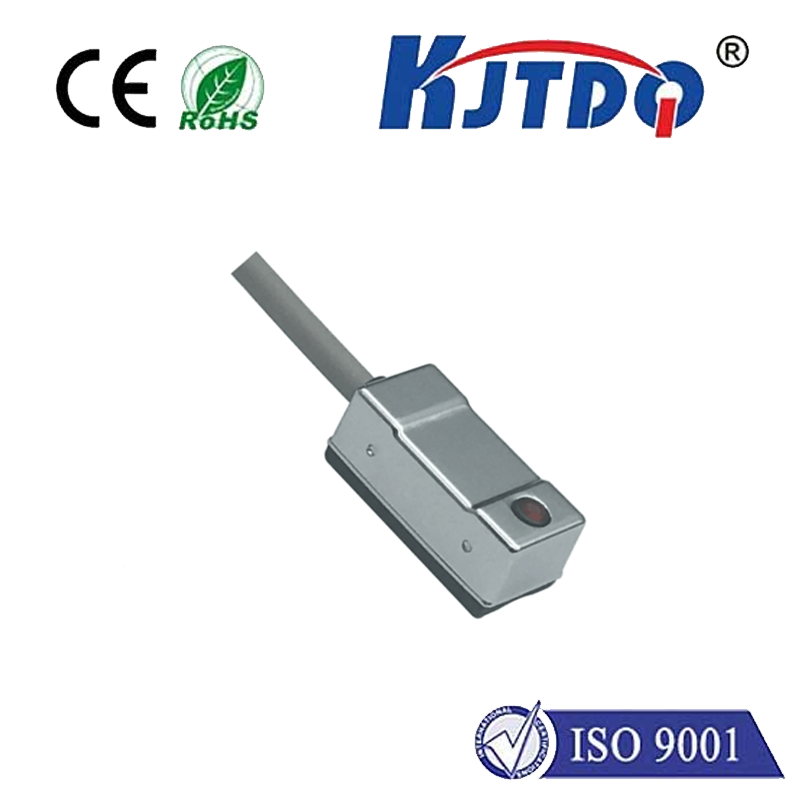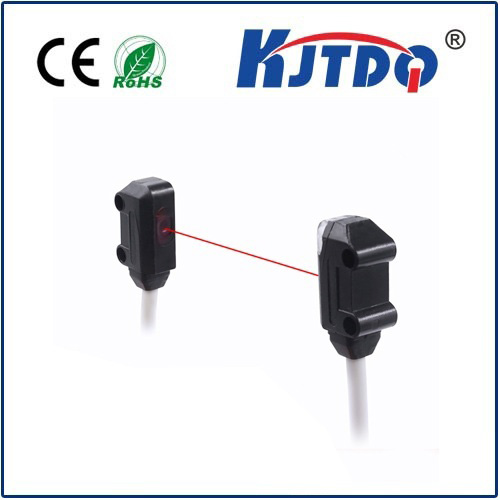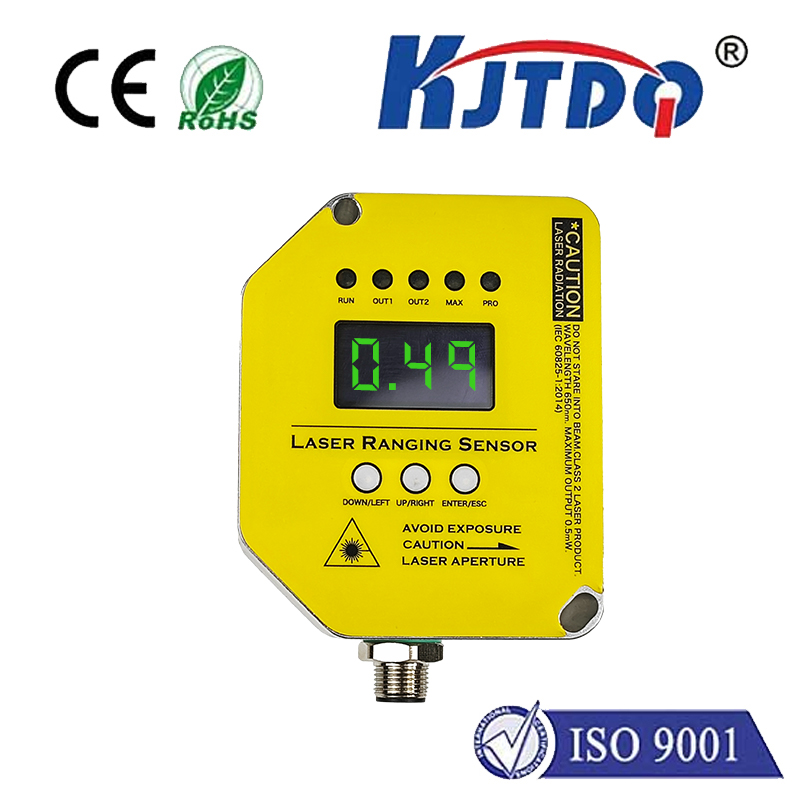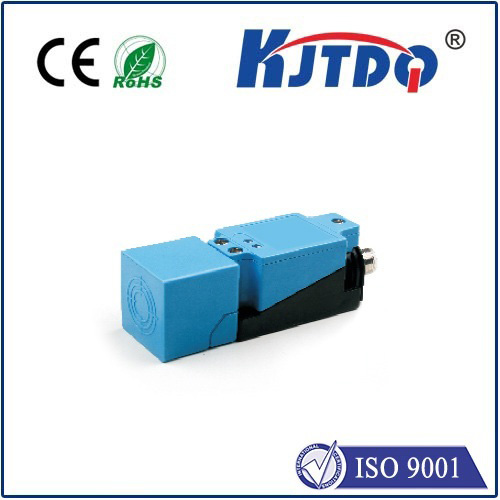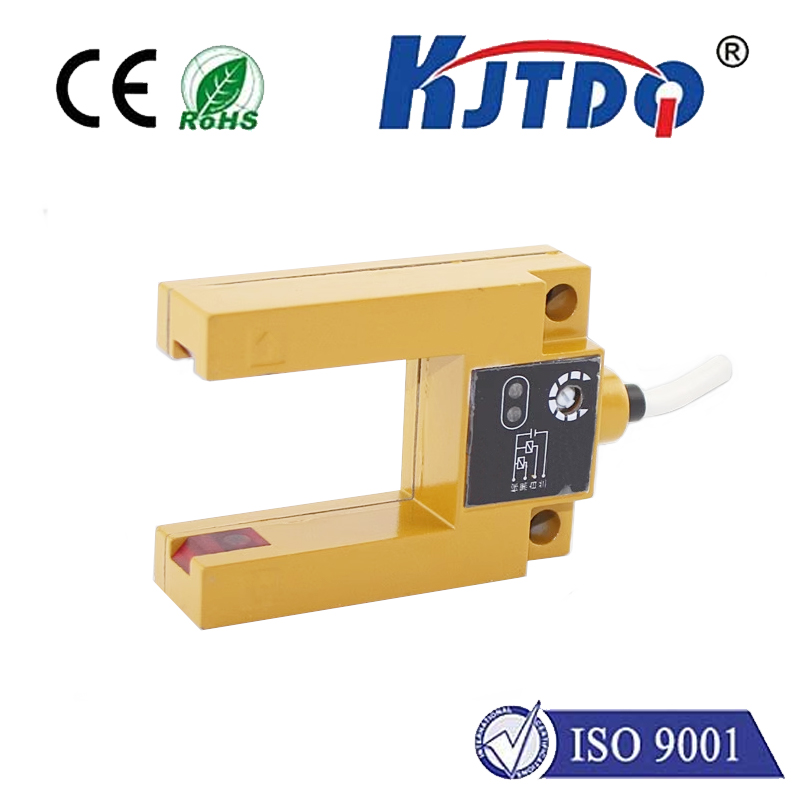У - образный фотодатчик
- time:2025-07-26 00:15:25
- Нажмите:0
U-Type Photo Sensors: Precision Sensing Through the Beam
Imagine a dark manufacturing line suddenly springing to life as a package breaks an invisible beam, triggering a conveyor. Or picture delicate components flawlessly positioned because a sensor detected their precise edge. This is the silent, reliable world of photoelectric sensing, and the U-Type Photo Sensor stands as a robust workhorse in countless industrial automation scenarios. Characterized by its distinct physical shape facilitating easy alignment, this sensor type offers a unique blend of reliability and precision. Understanding its core function and distinct advantages is crucial for engineers and system integrators seeking optimal detection solutions.
Demystifying the “U-Type” Designation
The term “U-Type” primarily refers to the sensor’s physical configuration. Unlike self-contained units like diffuse or retro-reflective sensors, a U-type photoelectric sensor consists of two separate components housed in a single, rigid U-shaped bracket or channel. This integrated assembly provides:
- Inherent Alignment: The fixed distance and co-axial alignment between the emitter (light source) and receiver (photodetector) are pre-set during manufacturing. This eliminates the tedious and error-prone manual alignment required when using separate emitter and receiver units.
- Robust Structure: The U-shaped bracket offers significant mechanical stability and protection for the sensitive optical components within. This rigid structure makes the sensor highly resistant to vibration, shock, and accidental misalignment – common challenges in harsh industrial environments.
- Simplified Installation: Mounting a single unit (the U-shaped assembly) is significantly faster and easier than mounting and aligning two independent components. This reduces installation time and potential setup errors.
Core Principle: The Through-Beam Advantage

Functionally, a U-type photo sensor is fundamentally a through-beam sensor. This is the most basic and robust photoelectric sensing mode:
- Light Emission: One arm of the “U” contains an emitter, typically an infrared LED or visible light LED, which projects a continuous or modulated beam of light directly across the gap.
- Light Reception: The opposing arm houses the receiver, a phototransistor or photodiode specifically tuned to detect the wavelength emitted.
- Object Detection: An object passing through the U-shaped gap interrupts the light beam traveling from the emitter to the receiver.
- Signal Change: The receiver detects this interruption and changes its output state (e.g., from ON to OFF, or vice-versa, depending on the sensor’s logic). This signal change is then used to trigger a control action – stopping a machine, counting an object, confirming position, etc.
Why Choose a U-Type Photo Sensor? Key Advantages
This specific configuration offers compelling benefits over other sensing modes in suitable applications:
- Superior Reliability & Long Sensing Range: The through-beam principle inherently provides the longest possible sensing distances for photoelectric sensors and is exceptionally reliable. Because the receiver directly sees the powerful source light, it’s less susceptible to interference from ambient light, target color, reflectivity, or surface texture. Detection is based purely on beam presence or absence.
- Unmatched Precision: U-type sensors can detect extremely small objects – often down to fractions of a millimeter – because the beam interruption is the only detection criterion. This makes them ideal for precision positioning or detecting fine wires, thin materials, or small components.
- High-Speed Capability: The direct beam interruption allows for very fast response times, enabling reliable detection of objects moving at high velocities on production lines or packaging machinery.
- Environmental Resilience: The enclosed U-shape offers inherent protection against dust, dirt, water splashes, and physical impact on the optical components, contributing to increased durability and lifespan in demanding conditions.
- Simplified Setup & Maintenance: As mentioned, the pre-aligned nature drastically reduces installation complexity and time. Once mounted, they generally require minimal maintenance beyond occasional lens cleaning, as alignment drift is virtually eliminated.
Where U-Type Photo Sensors Shine: Common Applications
The robustness, precision, and simplicity of U-type photoelectric sensors make them ubiquitous across diverse sectors:
- Manufacturing & Assembly: Object detection on conveyors, part presence/absence verification, precision positioning of components in jigs or fixtures, robot end-effector guidance, small part counting.
- Packaging Machinery: Detecting product position for labeling, carton sealing, filling control, flap detection, bottle/cap presence.
- Перевозка материалов: Verifying package transfer points, detecting jams on conveyors, monitoring bin levels (detecting the top layer), palletizing/depalletizing operations.
- Printing & Paper Processing: Detecting sheet feed, controlling web tension (break detection), verifying cut marks.
- Textile Machinery: Thread break detection, loom pick detection.
- Automotive: Confirming component placement on assembly lines, door/window position sensing during testing.
Selecting the Right U-Type Sensor: Key Considerations
While powerful, U-type sensors aren’t universal solutions. Consider these factors:
- Required Sensing Gap (U-Opening): The width of the gap must accommodate the target objects and any necessary clearance. Standard sizes range from small (a few mm) for precision tasks to large (several cm) for bulkier items.
- Sensing Distance: While longer than most other modes, the actual working distance for reliable detection within the gap varies by model.
- Object Size: Ensure the sensor can reliably detect the smallest object anticipated. Look for the manufacturer’s specified minimum detectable object specification.
- Operating Environment: Choose sensors with appropriate ingress protection (IP ratings like IP67, IP69K) for dust, moisture, or washdown conditions. Consider temperature ranges.
- Light Source: Infrared (IR) is common for immunity to ambient light. Visible red light can be useful for setup visualization. Lasers offer very precise, narrow beams for detecting tiny objects.
- Output Type & Logic: Select the required electrical output (PNP/NPN transistor, relay, analog) and switching logic (Light ON/Dark ON).
- Response Time: Critical for high-speed applications; ensure the sensor’s response time meets the required detection speed.
Embracing the Robustness of the “U”
The U-type photoelectric sensor, with its distinct shape embodying the through-beam principle, remains a cornerstone of industrial automation. Its pre-aligned structure delivers unmatched ease of installation, while its core function provides exceptional reliability, long range, and precision detection largely immune to target surface characteristics. When robust object presence detection based on beam interruption is needed, particularly in environments demanding accuracy and durability, the U-type photo sensor consistently proves to be an indispensable tool. Its unique blend of mechanical design and sensing technology ensures it will continue to play a vital role in keeping production lines running smoothly and efficiently for years to come.

